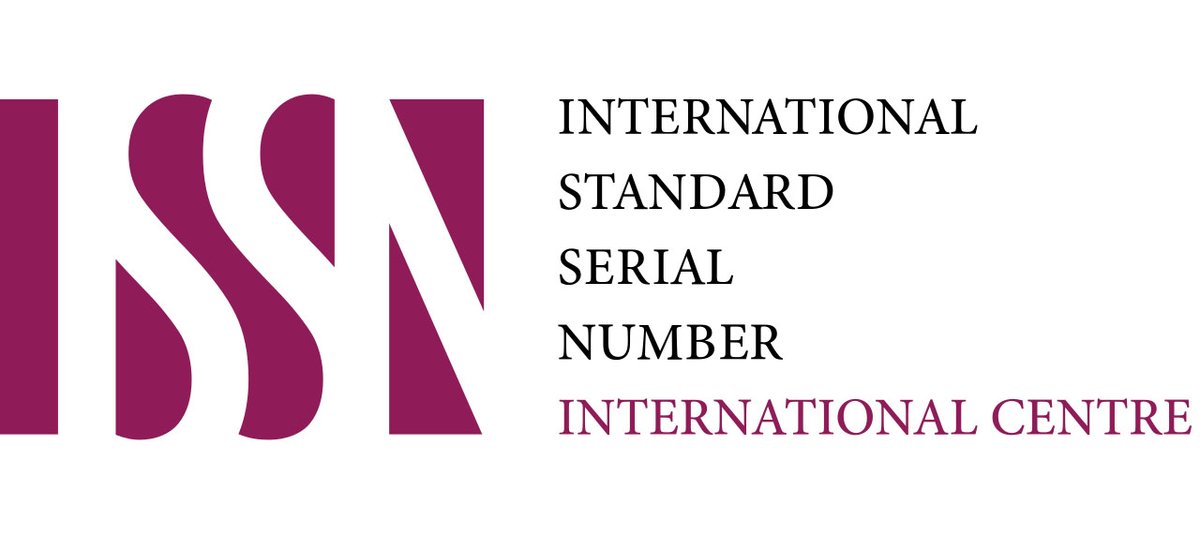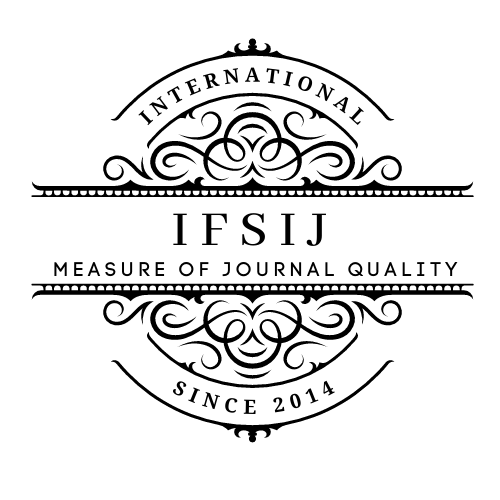ADVANCES IN TRANSNASAL SKULL BASE APPROACHES: A REVIEW
Keywords:
Transnasal approach, endoscopic skull base surgery, pituitary adenoma, chordoma, rhinoneurosurgery, complications, imaging, patient selection.Abstract
Background: Endoscopic transnasal skull base approaches have emerged as a minimally invasive alternative to traditional open techniques, offering improved visualization, reduced morbidity, and faster recovery. Objective: To review the historical evolution, clinical indications, imaging strategies, surgical techniques, reconstructive methods, and outcomes associated with endoscopic transnasal skull base surgery. Methods: A narrative review of recent literature was conducted, summarizing data on patient selection, preoperative imaging, operative techniques, and postoperative results in pituitary adenomas, Rathke’s cleft cysts, chordomas, and other skull base lesions. Results: Transnasal approaches demonstrated high rates of gross total resection and favorable functional outcomes, particularly in midline lesions. Advances in multilayered skull base reconstruction significantly reduced cerebrospinal fluid leak rates. Multidisciplinary evaluation and individualized imaging-based planning were key to minimizing complications. Olfactory preservation and improved visual outcomes were consistently reported, while complication rates decreased with surgical experience. Conclusion: Endoscopic transnasal skull base approaches represent a major advance in modern neurosurgery. Ongoing innovations in imaging, reconstruction, and minimally invasive techniques continue to improve safety and efficacy, reinforcing their role as the preferred option for selected midline skull base pathologies.
Published
Issue
Section
License

This work is licensed under a Creative Commons Attribution-NonCommercial-NoDerivatives 4.0 International License.















